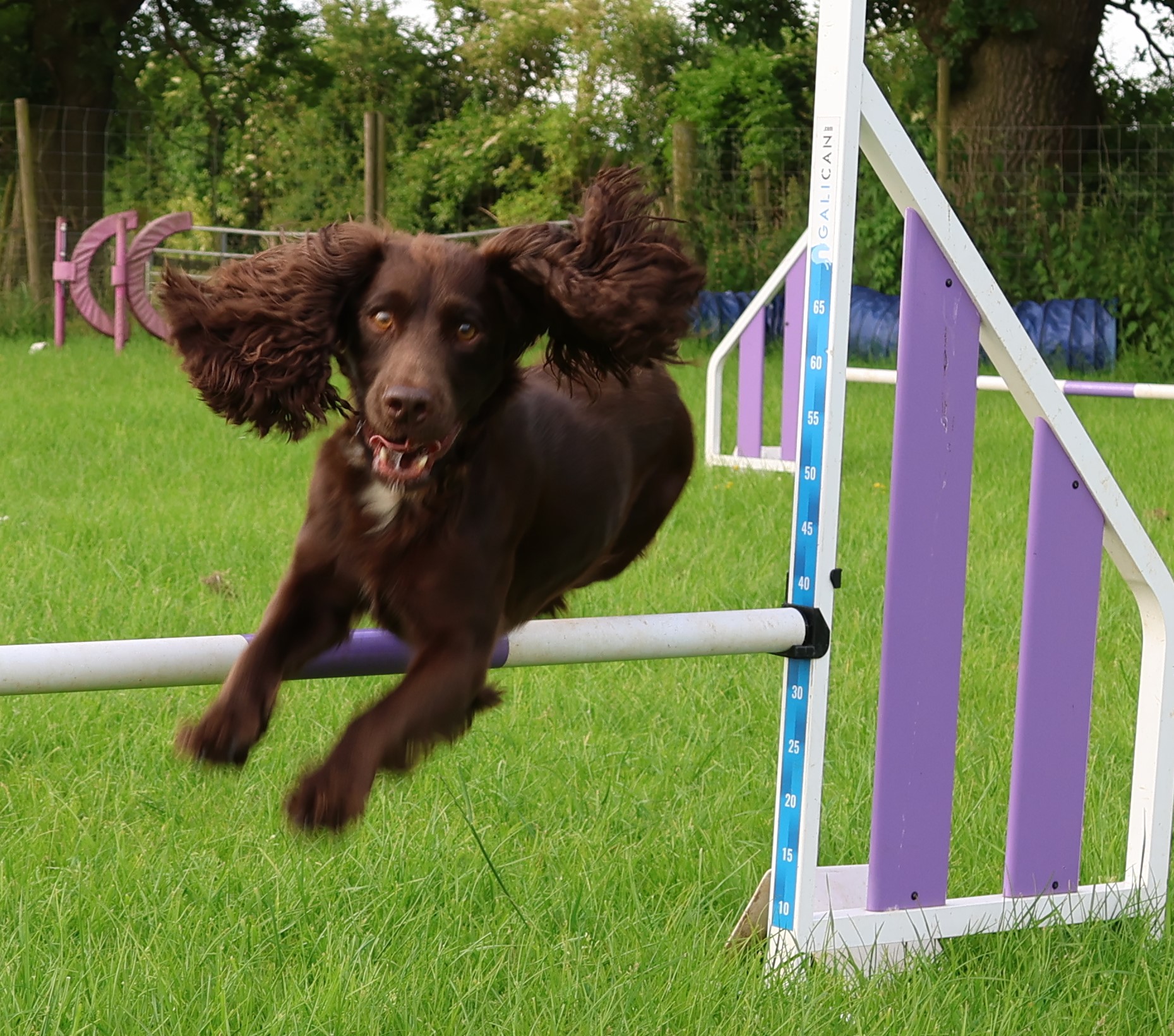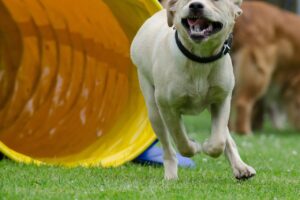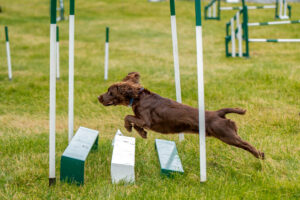
Finding the Right Agility Club
Introduction
If you’re a dog owner in the UK with a keen interest in agility training, you’re not alone. Dog agility is not only a fantastic way to keep your dog physically and mentally stimulated, but it also strengthens the bond between you and your furry friend. However, finding the right agility club or community group can be a bit overwhelming, especially with so many options available. Whether you’re a beginner or looking to compete at a higher level, this guide will help you find the perfect fit for you and your dog.
1. Understand Your Goals
Before you start searching for an agility club, it’s essential to understand what you want to achieve. Are you looking for a fun activity to enjoy with your dog on weekends, or are you aiming to compete in agility trials and championships? Your goals will determine the type of club or group you should join.
- For Fun and Fitness: If your primary goal is to have fun and keep your dog active, look for local community groups that offer relaxed and friendly training sessions. These groups often focus on the social aspect of agility and may not require a high level of commitment.
- For Competition: If you’re aiming to compete, you’ll need a club with experienced trainers who can help you and your dog reach a competitive level. These clubs often have structured training programs and access to professional-grade equipment.
2. Research Local Clubs and Groups
The next step is to research agility clubs in your area. Here’s how you can get started:
- Online Search: Use search engines and social media platforms to find agility clubs in your region. Websites like Agilitynet (www.agilitynet.co.uk) provide a comprehensive list of UK agility clubs and upcoming events.
- Ask for Recommendations: If you’re part of any dog-related social groups, online forums, or even your local vet, ask for recommendations. Fellow dog owners can provide valuable insights into local clubs and trainers.
- Visit Local Events: Attend local agility events or competitions to observe the clubs in action. This can give you a good idea of the club’s culture, the quality of training, and whether it’s a good fit for you and your dog.
3. Consider the Club’s Facilities and Trainers
Once you have a shortlist of potential clubs, it’s time to dive deeper into what each offers:
- Facilities: Check if the club has the necessary equipment and space to train effectively. Agility requires a variety of equipment, including jumps, tunnels, weave poles, and seesaws. Also, consider whether the training area is safe and well-maintained.
- Trainers: The expertise and approach of the trainers are crucial. Look for clubs with certified trainers who have experience in agility training. They should be patient, supportive, and able to work with dogs of all skill levels.
- Class Sizes: Smaller class sizes allow for more personalized attention, which is particularly important if you’re new to agility. Make sure the club can accommodate your needs.
4. Assess the Club’s Community and Atmosphere
The atmosphere of the club is just as important as the training itself. You and your dog should feel welcomed and supported:
- Community: A good agility club will have a supportive community where members encourage each other. Whether you’re a beginner or an experienced handler, a positive and inclusive environment is key.
- Club Culture: Some clubs are highly competitive, while others are more relaxed and focused on enjoyment. Consider what type of environment you and your dog will thrive in.
- Trial Sessions: Many clubs offer trial sessions or introductory classes. This is a great opportunity to get a feel for the club’s environment and see how your dog responds to the training.
5. Consider Location and Schedule
Practical considerations like location and schedule should also factor into your decision:
- Proximity: Choose a club that is conveniently located to minimize travel time. This is particularly important if you plan to attend classes regularly.
- Training Schedule: Ensure that the club’s training schedule aligns with your availability. Some clubs offer evening or weekend classes, which might be more suitable for working dog owners.
6. Membership Fees and Costs
Finally, consider the costs involved:
- Membership Fees: Agility clubs typically charge a membership fee, which can vary widely depending on the club’s facilities, trainers, and the frequency of classes.
- Additional Costs: Factor in any additional costs such as equipment, competition fees, and travel expenses if you plan to compete.
Conclusion
Finding the right agility club or community group in the UK can take some time, but it’s worth the effort to ensure you and your dog enjoy the experience. By understanding your goals, researching local options, and considering factors like facilities, trainers, and community, you’ll be well on your way to finding the perfect place to train and have fun with your dog. Happy agility training!



